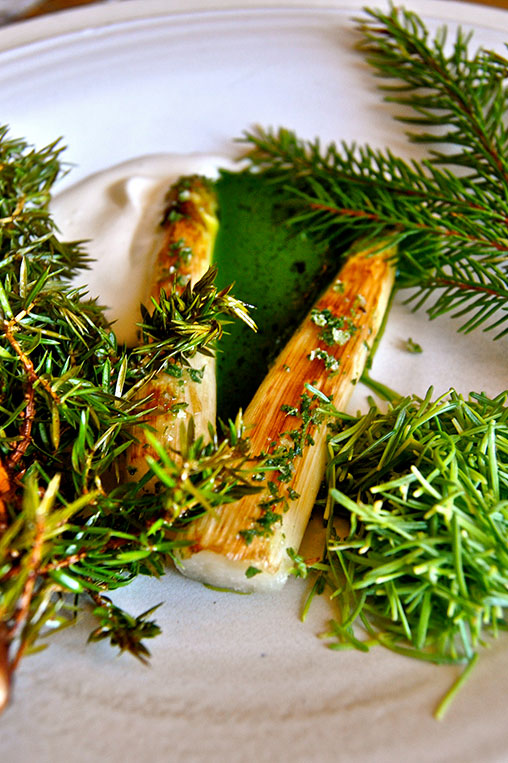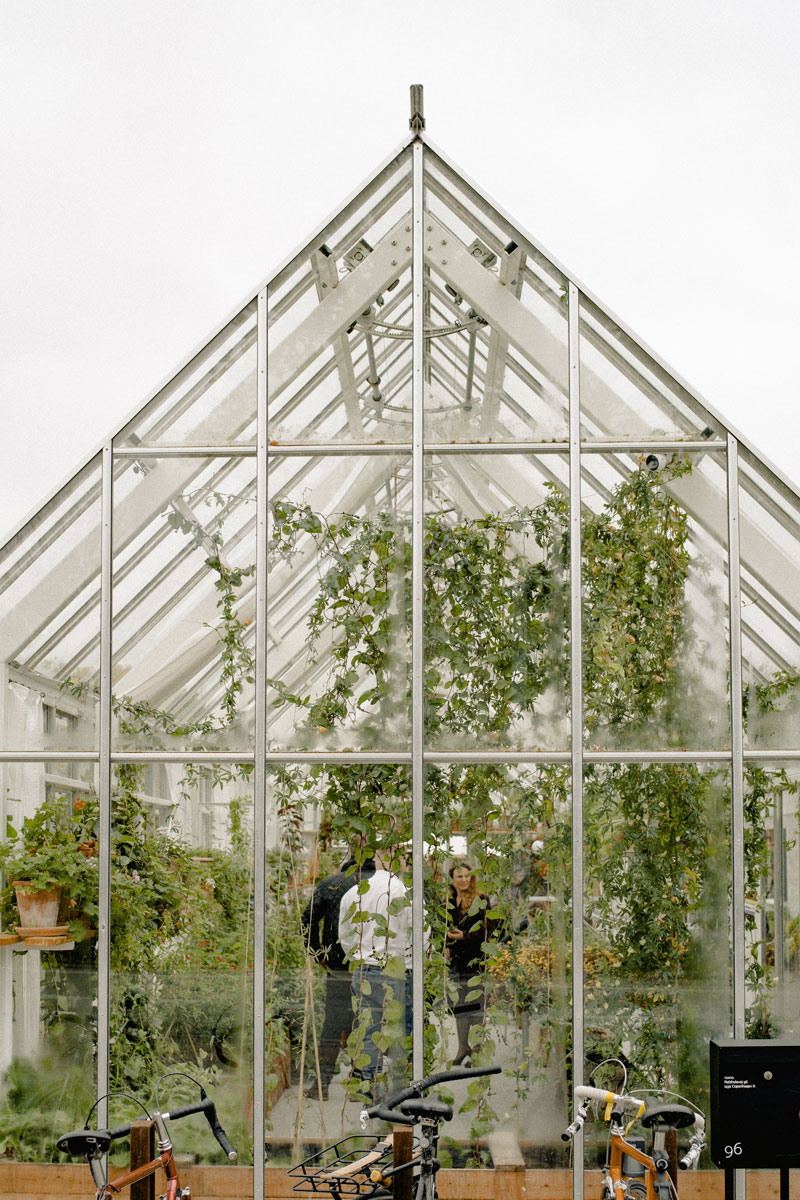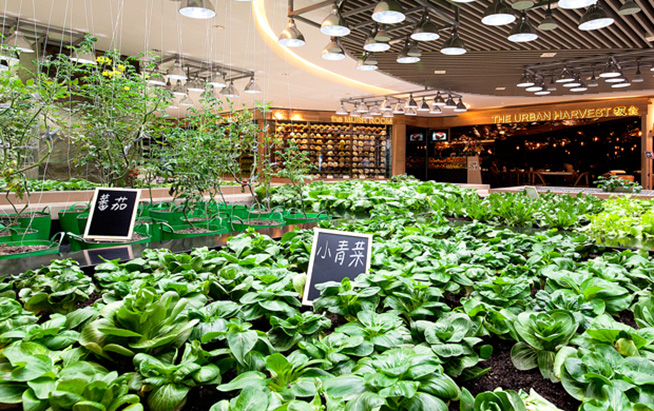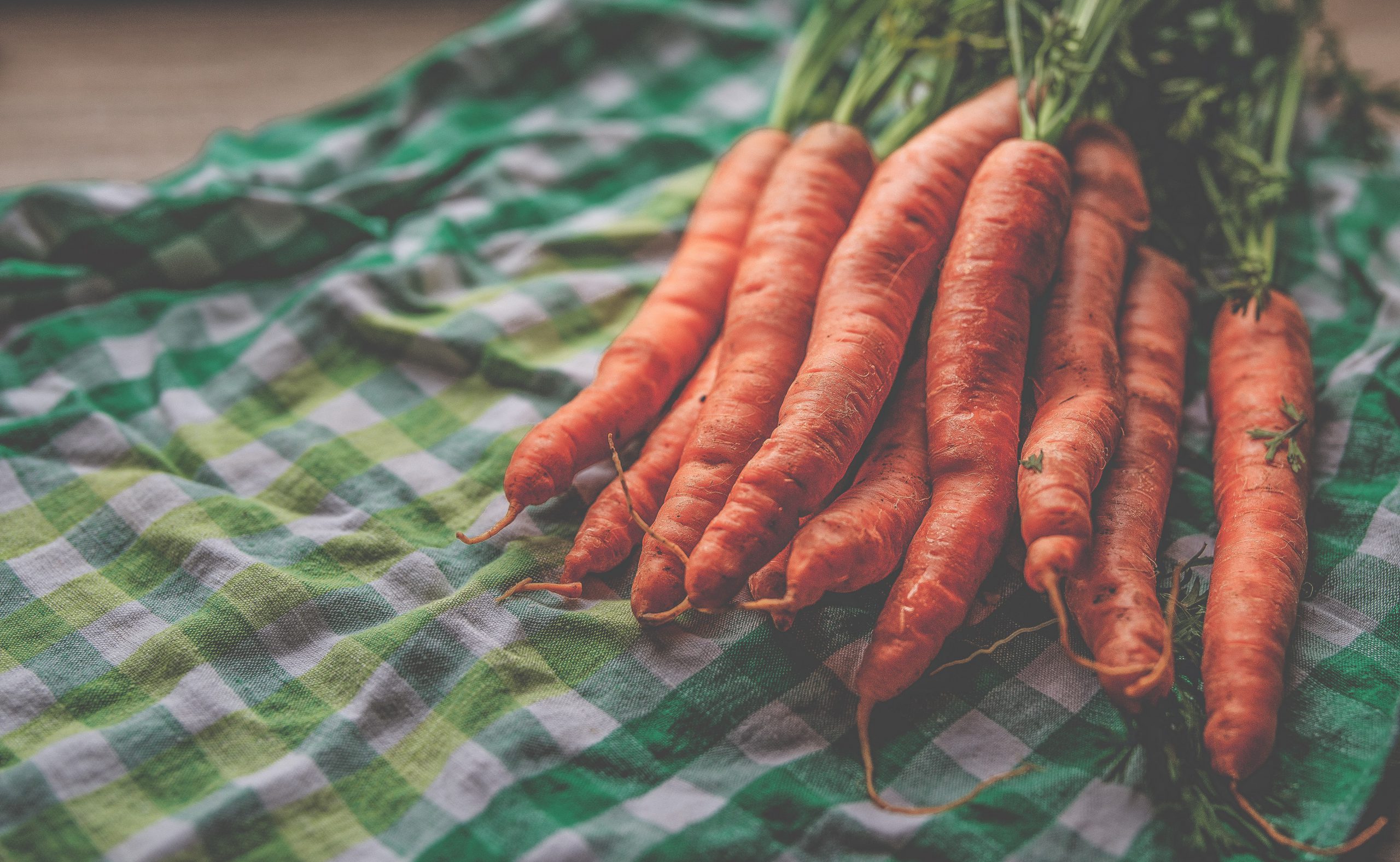The Source of Luxury
- 奢侈品/
- 餐饮/
By Dora Chan and Marc & Chantal
Share
Global cultures can be divided into one of five adaptive strategies, according to anthropologist Cohen Yehudi: foraging, horticulture, agriculture, pastoralism and industrialism. The underlying implication of this theory is that society is, first and foremost, a strategy of acquiring food – and the manner in which we acquire food defines the shape of the society we live. We are, indeed, what we eat.
Until recently, we were all foragers and hunter-gatherers. Then we settled down, we farmed and we industrialised the processes of food production. Curiosity guided us to new tastes and techniques and paved the way to our diversity of food culture. While much of the globe barely gets enough to sustain itself, the developed world is overfed from the mass produced excesses of fast food and supermarkets. Yet, we still want more variety and enjoyment.
In first world economies we eat conveniently: strawberries in summer, pumpkins in winter, Scottish salmon all year round. We eat globally: Peking duck in New York, Kobe Beef in London, Waitrose pies in Hong Kong. We eat at the expense of a nature overstretched by modern methods of agriculture, production and distribution shaped by our demanding taste. Now, nature is turning back and shouting: enough! We have to change food. Or food will change us.
And changing we are. A new era has begun where we are contemplating a transition from industrialised farming to boutique, small scale agriculture, even all the way to foraging. Organic, ethical, homegrown and sustainable foods are now part of the mainstream diet in North America and most parts of Europe. Due to this change, food has developed a more complex identity; now instead of a brand name, a food item may come with a farm name, method of production, a certificate, or even a footprint rating in kilometres. If not labelled, this detailed information will be passed to you verbally, via a stallholder in a market or the chef in a restaurant.
Of all these labels and descriptions, the best food items are those that don’t need one. In an ideal world, food is grown in your back garden or in a community field nearby, just as it used to be done. We’re far from that now, though chefs around the world are spearheading this home growing movement at their own restaurants. Alfonso Laccarino of Don Alfonso 1890, for instance, supplies food from eight hectares of craggy farmland next to his restaurant in on the island of Capri, and has been doing so according to zero kilometre and organic standards long before ‘hyper-local sourcing’ was ever talked about.

One of chef Rene Redzepi's foraged creations at Noma.

Greenhouse at Noma
Beyond organic, and closer to local foraging is the final frontier. And nowhere is this pursuit as commendably practiced as in the kitchen of Copenhagen’s Noma, currently recognised as the best restaurant in the world. The success of Rene Redzepi, chef-owner of Noma and the acknowledged master scavenger of the Nordic coast, reminds us how we often limit our diet to only 50 or so species of commonly farmed fruits and vegetables instead of the several thousand available in the wild – not to mention insects.
Redzepi was not the first to foray into this kind of ‘find-dining’. Marc Veyrat of Maison des Bois, a self-proclaimed 11th-generation shepherd, has long been celebrated for his alchemistic fusing of molecular gastronomy with pristine foraged mountain flavours of Haute-Savoie in the French Alps. Recently, chef Veyrat made headlines again with an inspiring crossover launch – a fast food gourmet restaurant in Geneva – where he designed the menu with new dishes concocted from locally sourced and foraged ingredients.
Of all these labels and descriptions, the best food items are those that don’t need one. In an ideal world, food is grown in your back garden or in a community field nearby, just as it used to be done.
Greens sprouting next to a restaurant at Shanghai's K11 mall.
Photo courtesy of K11.

Asia is far from turning its entire landscape into a food source and changing food in as purist a manner as the restaurants mentioned above; still, a keenness for home and urban farming is slowly spreading to Asia. In Shanghai, K11 is sprouting tomato, eggplants and spicy peppers right in the middle of its shopping mall, with harvested produce supplying restaurants within the mall.
On a smaller scale, the Bhutan Aman has created a special menu featuring herbs, vegetables and salad ingredients grown directly out of its organic garden, with guests seeing their meals’ ingredients on a guided tour by the chef. Here in Hong Kong, Steve Cheung of IPC Foodlab is supplying his restaurant with produce harvested from a vertical farm and a roof garden housed within the same building.
All of these examples are pointers to how the importance of authenticity and provenance of ingredients will evolve in the future – not just for food, but other areas of culture such as fashion and consumer goods. This focus on transparency presents excellent ways in which brands can differentiate themselves and create fresh dialogue with their customers, whether they are a part of the restaurant, hospitality, shopping or property industries. True luxury is all about trusting the source. Embrace it. Celebrate it.•
— Dora Chan is the founder of Straight Communications. Previous to starting her business, Dora wrote for the South China Morning Post, dabbled in the film industry, and published numerous magazine stories, food columns, press releases and books.
